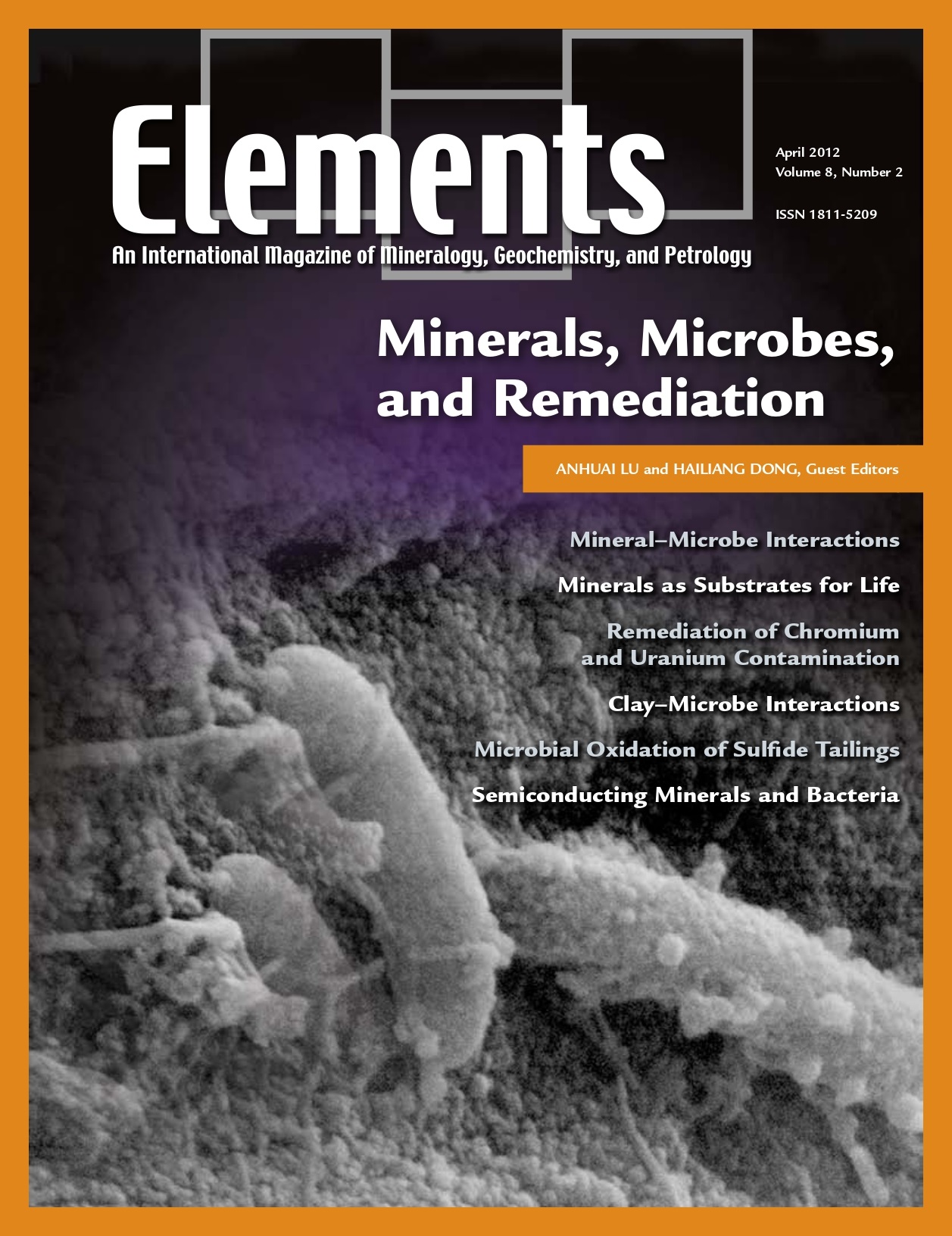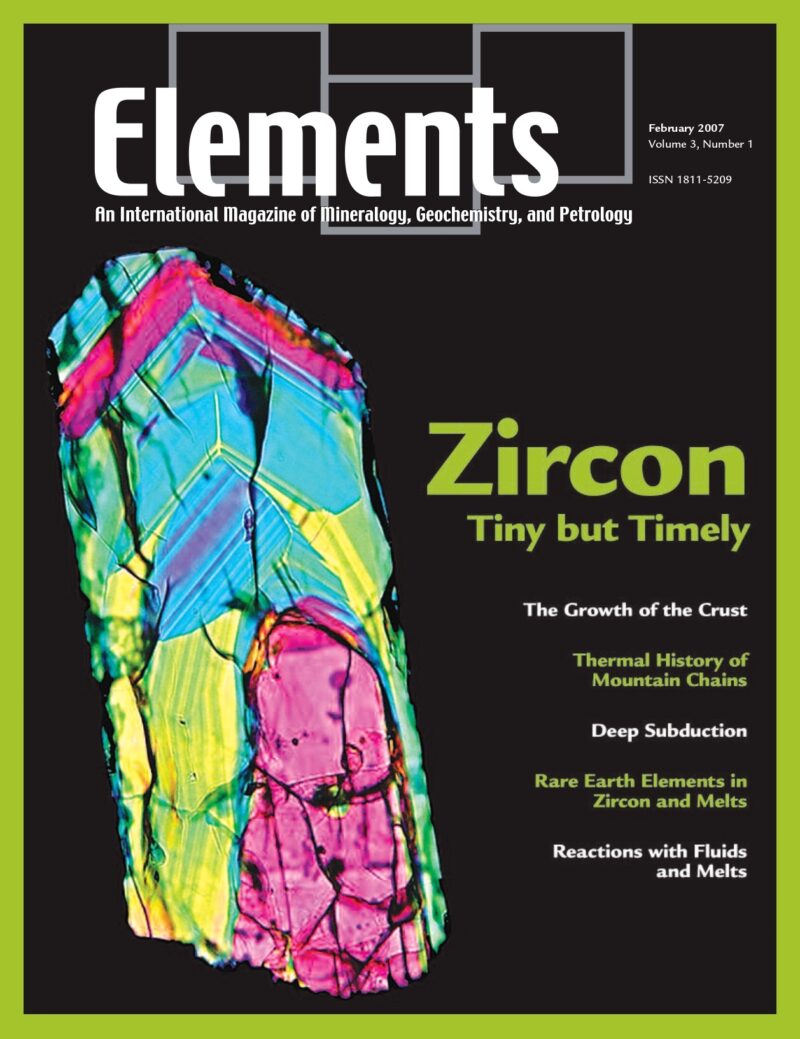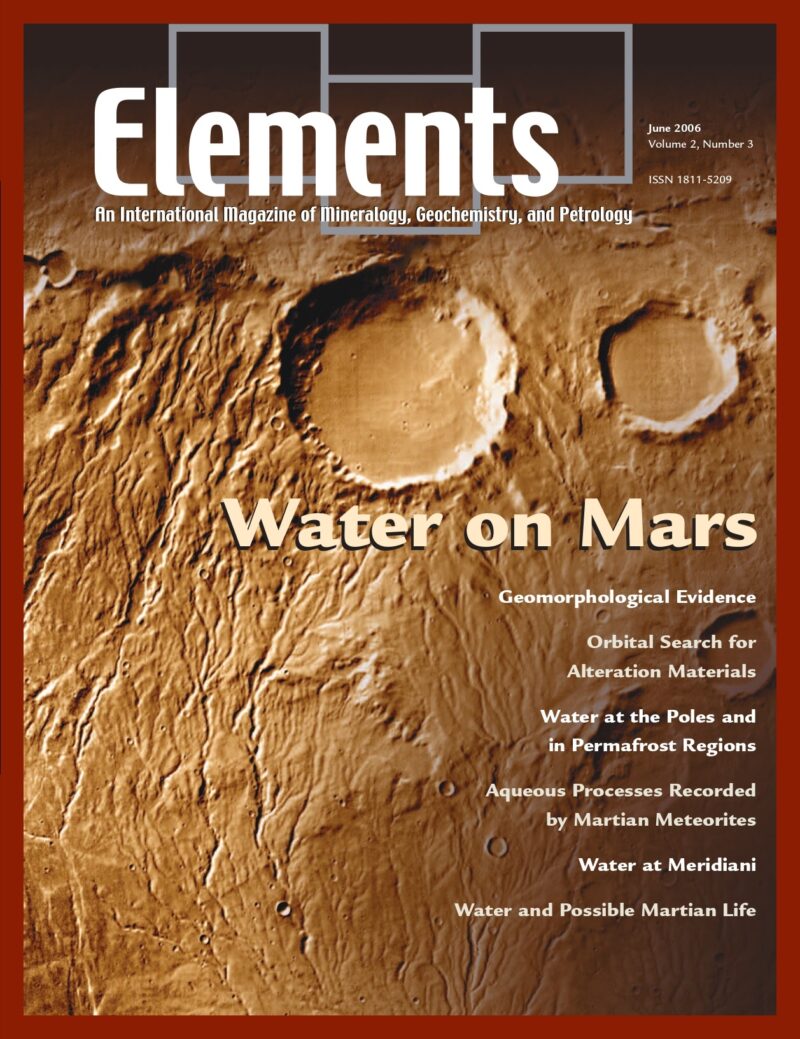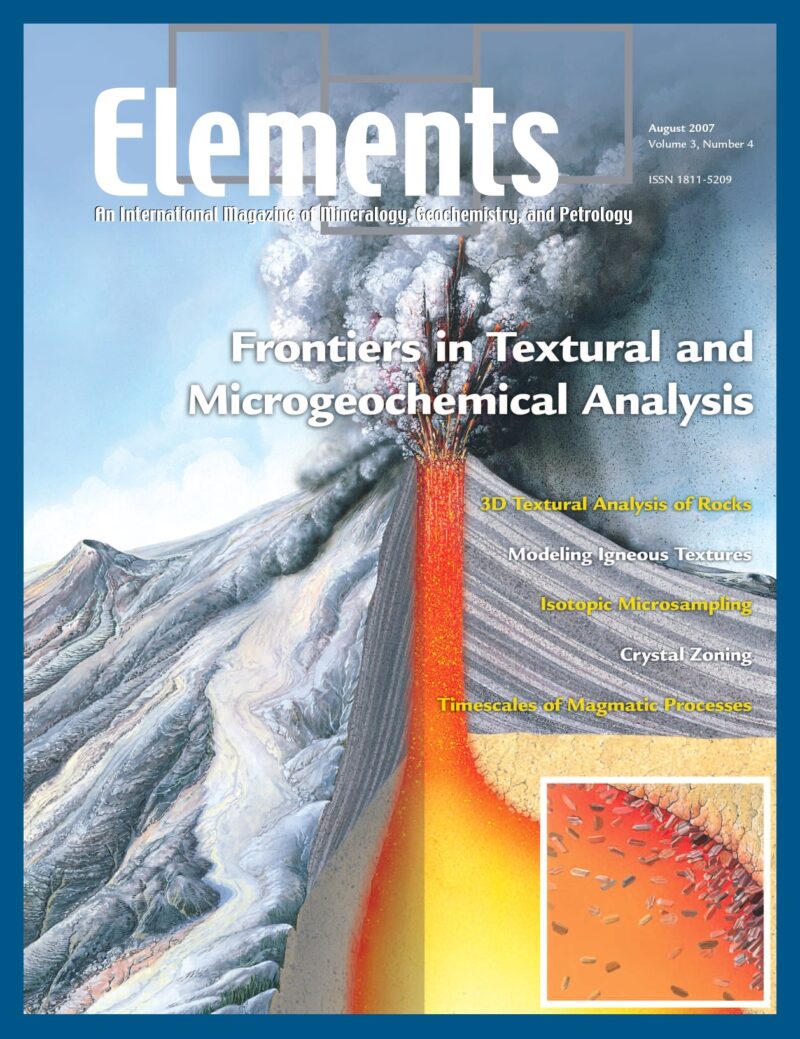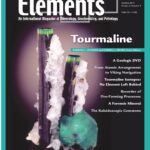
Tourmaline, October 2011, Vol. 7, No. 5
June 28, 2024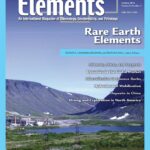
Rare Earth Elements, October 2012, Vol. 8, No. 5
June 28, 2024Minerals, Microbes, And Remediation, April 2012, Vol. 8, No. 2
$20.00
Studies of mineral–microbe interactions lie at the heart of the emerging field of geomicrobiology, because minerals are the fundamental Earth materials with which microbes interact. Microbes are found in a number of the Earth’s extreme environments and also in extraterrestrial materials.
Minerals, Microbes, And Remediation
April 2012, Vol. 8, No. 2
Studies of mineral–microbe interactions lie at the heart of the emerging field of geomicrobiology, because minerals are the fundamental Earth materials with which microbes interact. Microbes are found in a number of the Earth’s extreme environments and also in extraterrestrial materials. In spite of the diverse geological environments in which microbes are found and the various approaches taken to study them, a common thread—mineral–microbe interactions—connects all these environments and experimental approaches and places them under the same umbrella: geomicrobiology. Minerals provide microbes with energy and living habitats, and microbes impact mineral weathering and diagenesis. The of mineralogy, and microbes discovered in various habitats have provided micro biologists with unique opportunities for study. This issue considers microbially mediated mineral dissolution, precipitation, and transformation, and the synergistic relation between minerals and microbes for energy acquisition. These interactions have important implications for contaminant remediation.
Why You’ll Love Elements Magazine:
- Expert Contributors: Articles written by renowned researchers in the field of geoscience.
- Engaging Content: Join a community of readers who are passionate about Elements.
- Exceptional Quality: Each issue is printed on high-quality paper with stunning visuals and detailed illustrations that bring complex scientific concepts to life.
Order your copy of the April 2012 issue of Elements magazine today and explore minerals, microbes, and remediation.
Related products
-
Zircon – Tiny But Timely, February 2007, Vol. 3, No. 1
$20.00Where would Earth science be without zircon? As Earth’s timekeeper, zircon has proven to be a remarkable and versatile mineral, providing insights into deep time and ancient Earth processes. However, there is still much to learn about Earth’s history from zircon and its behaviour.
-
Water On Mars, June 2006, Vol. 2, No. 3
$20.00During the past several decades, spacecraft data have transformed the planets from astronomical objects into geologic worlds. Mars is the current focus of planetary exploration, and NASA’s objectives for this effort are based on the theme, “follow the water.
-
Frontiers In Textural And Microgeochemical Analysis, August 2007, Vol. 3, No. 4
$20.00Recent advances have been made in high-resolution in situ methods to image mineral growth patterns, analyse compositional and isotopic zonation, and improve our ability to visualize, study, and model rock textures in three dimensions. These advances provide a significant step forward in the understanding of how rocks form and the history they can tell us.

